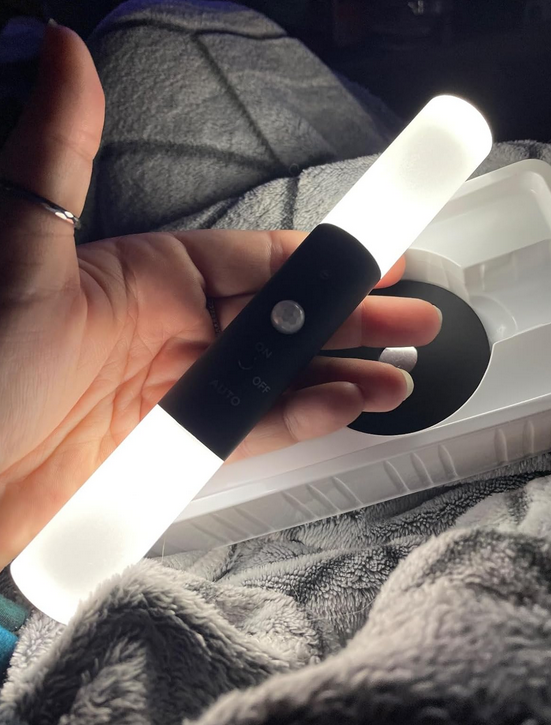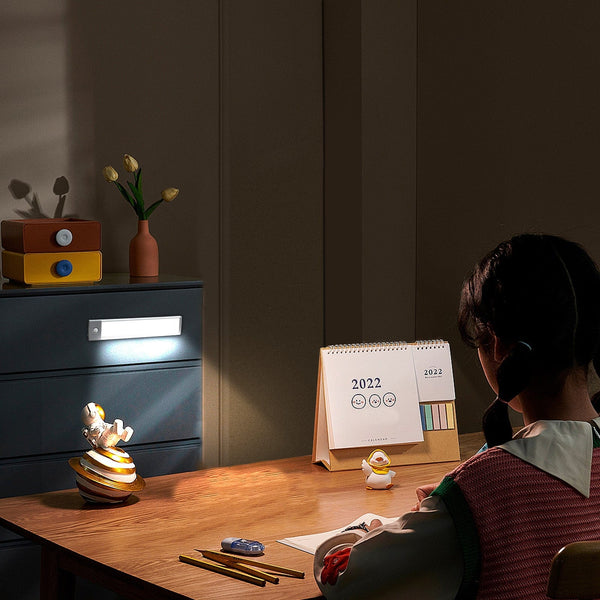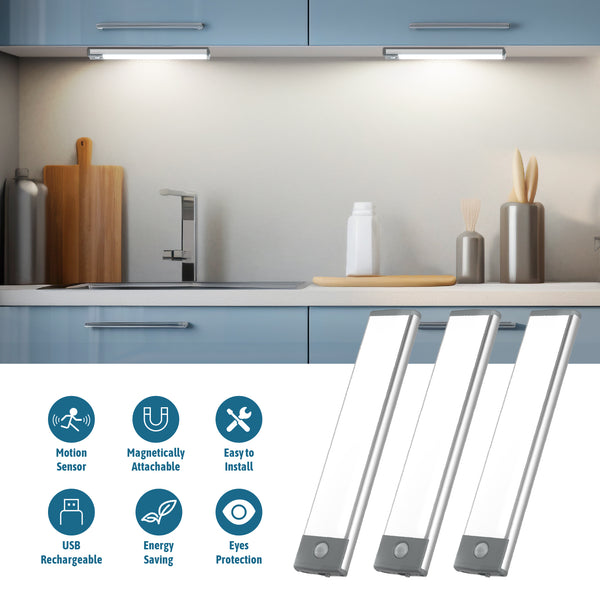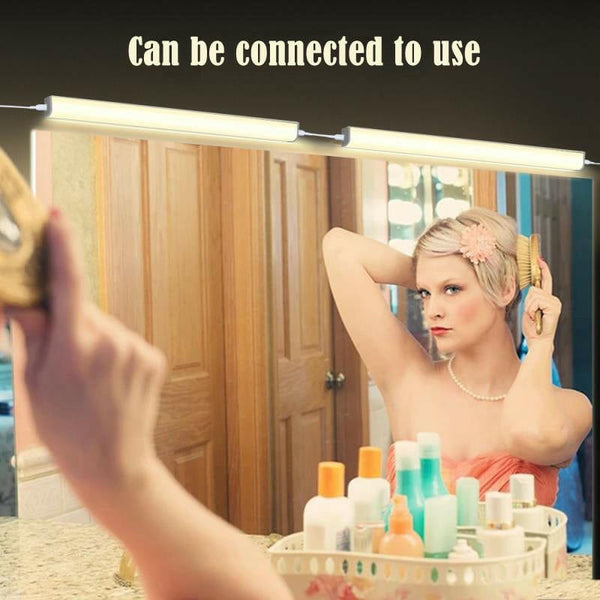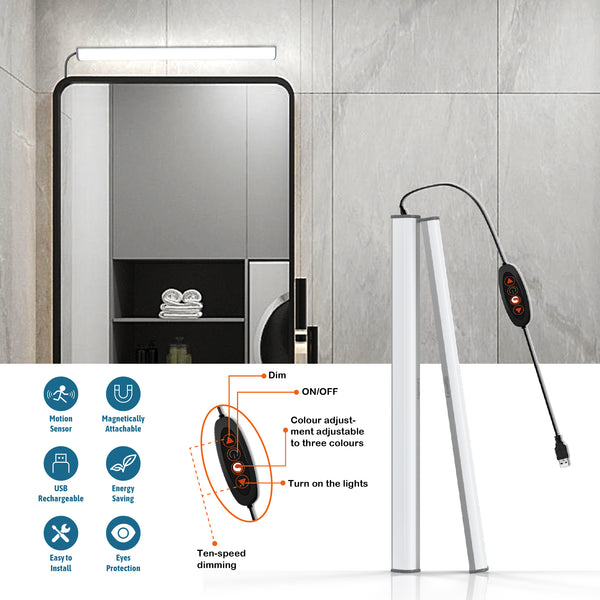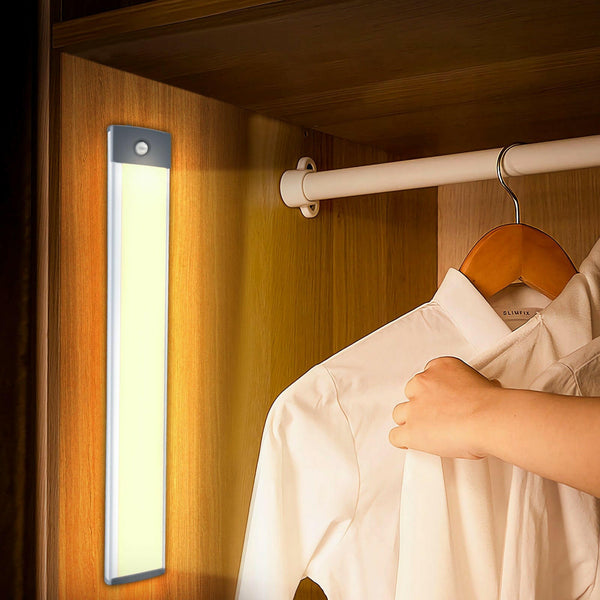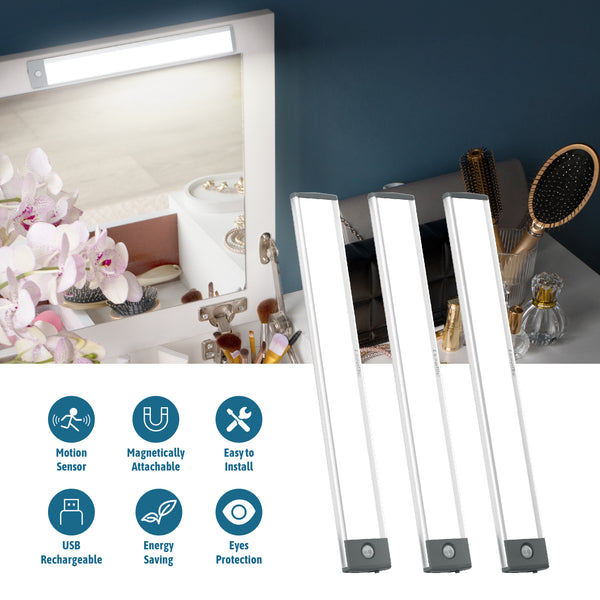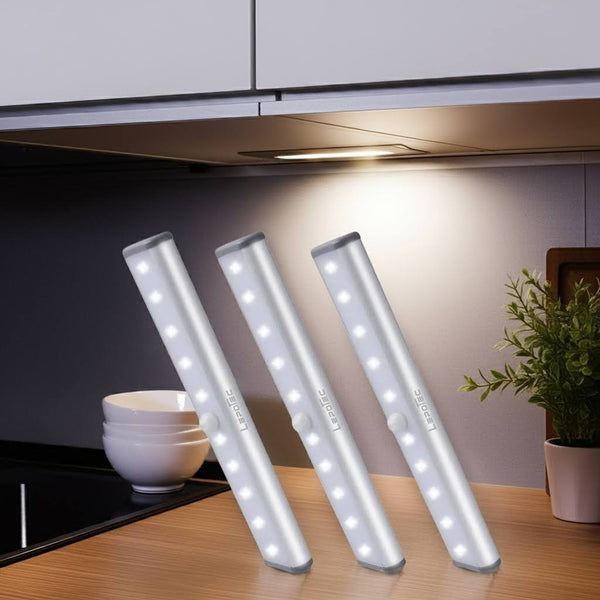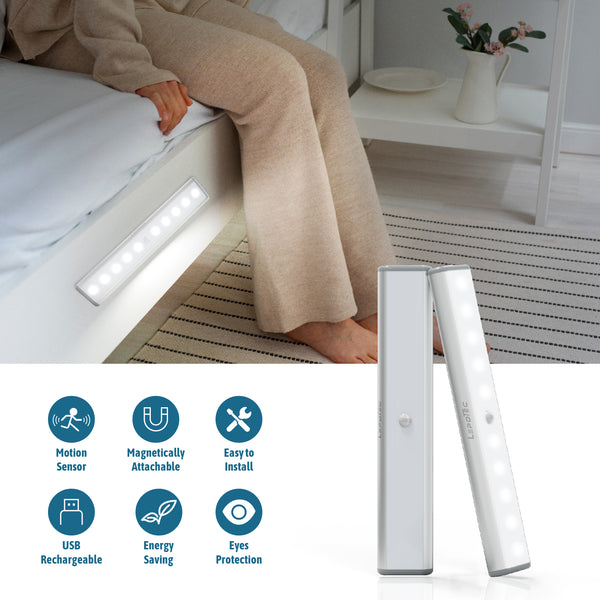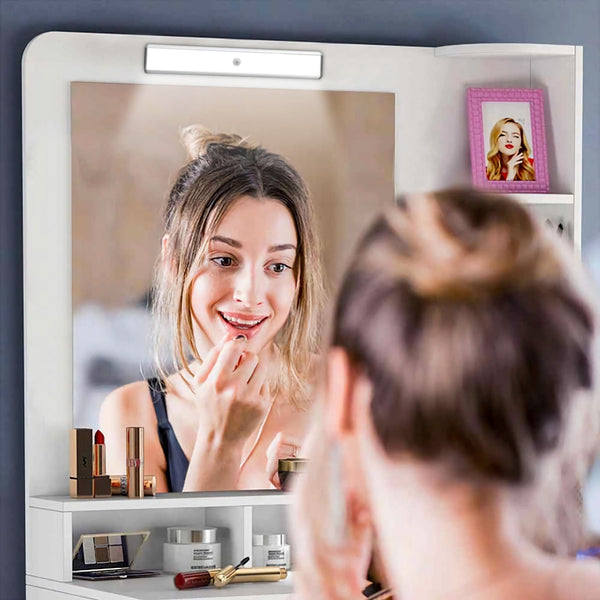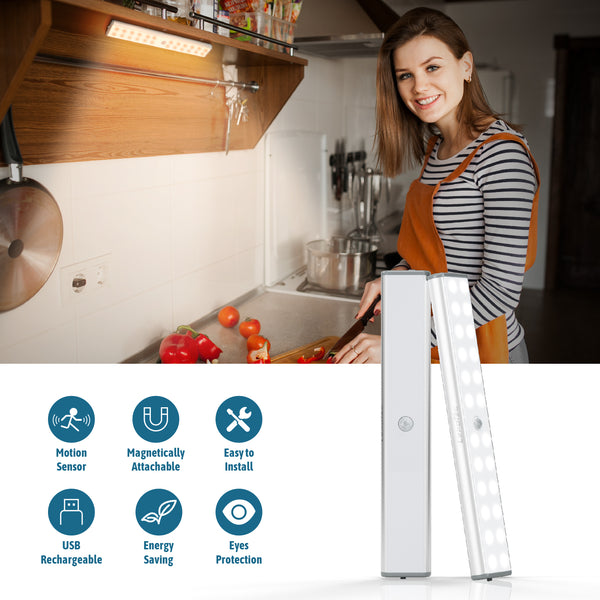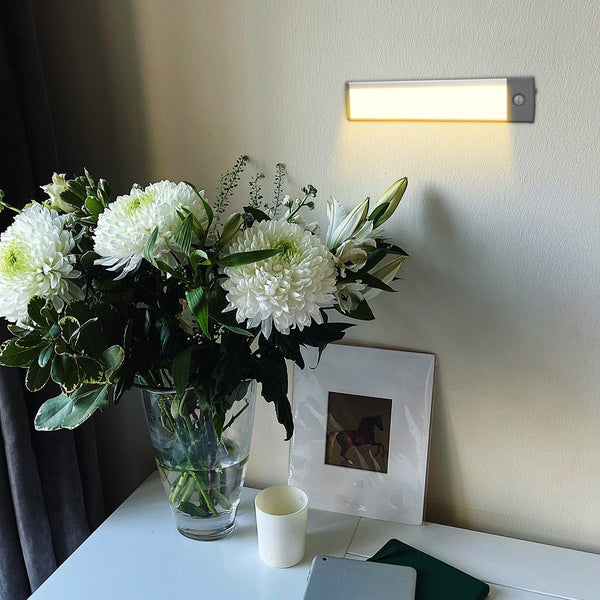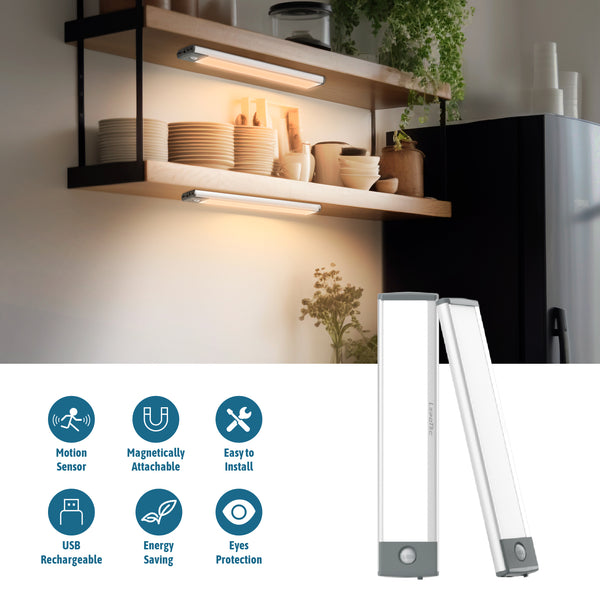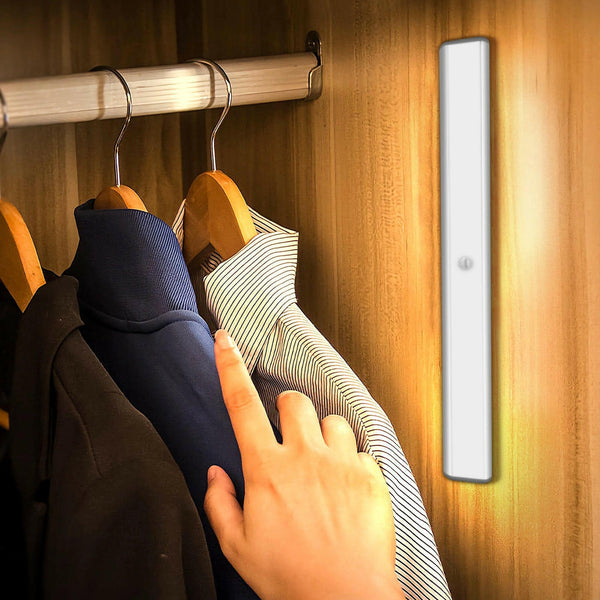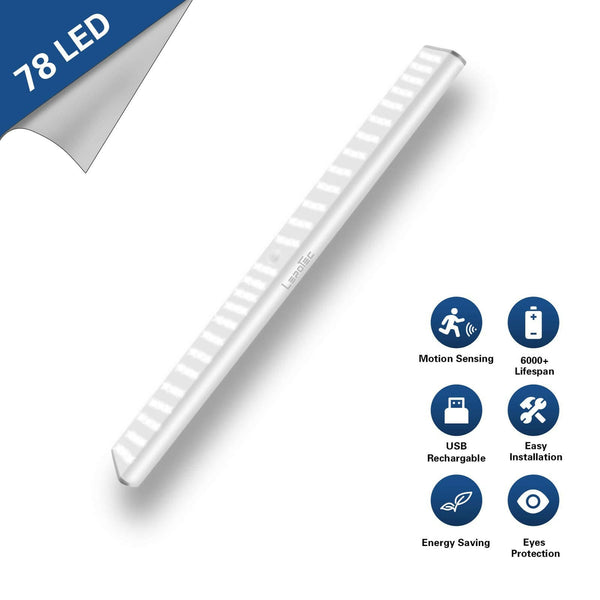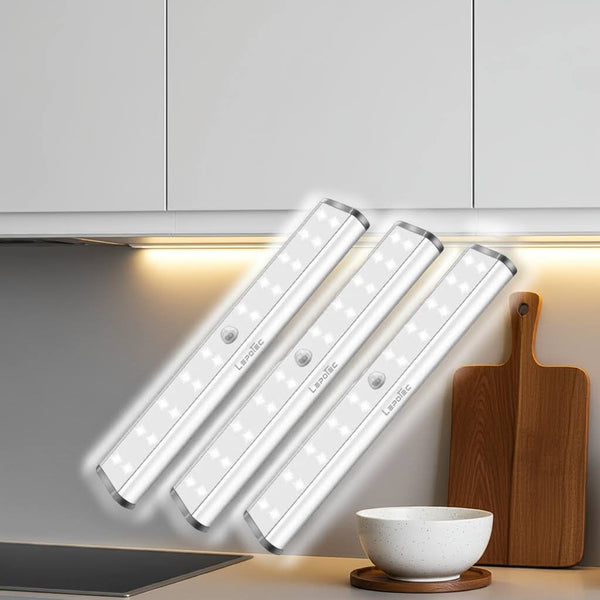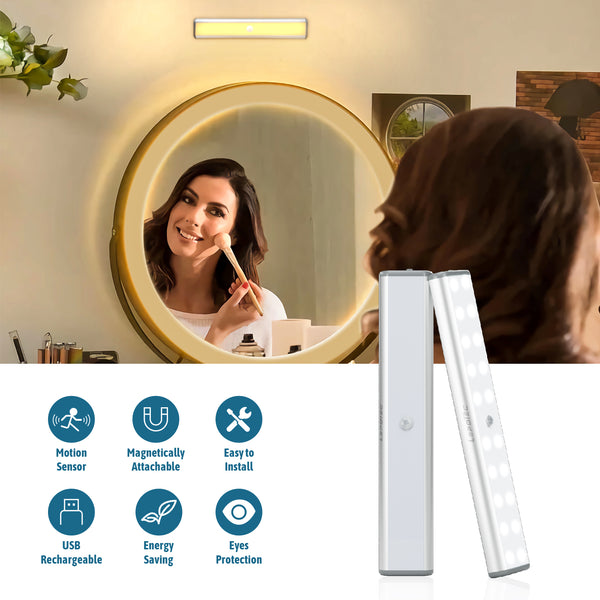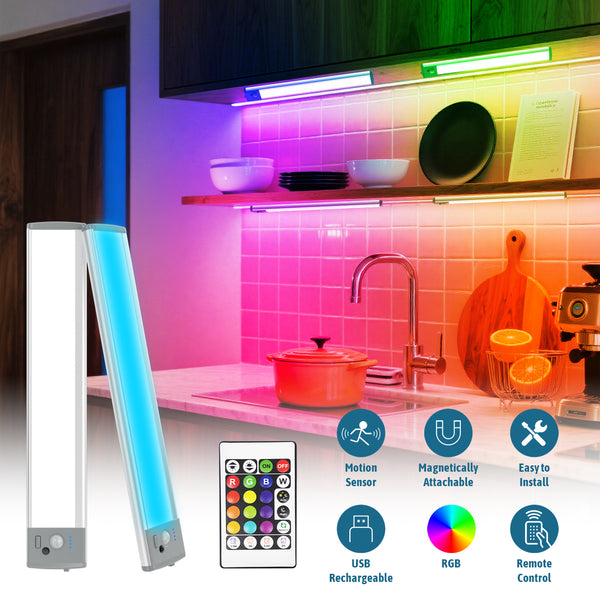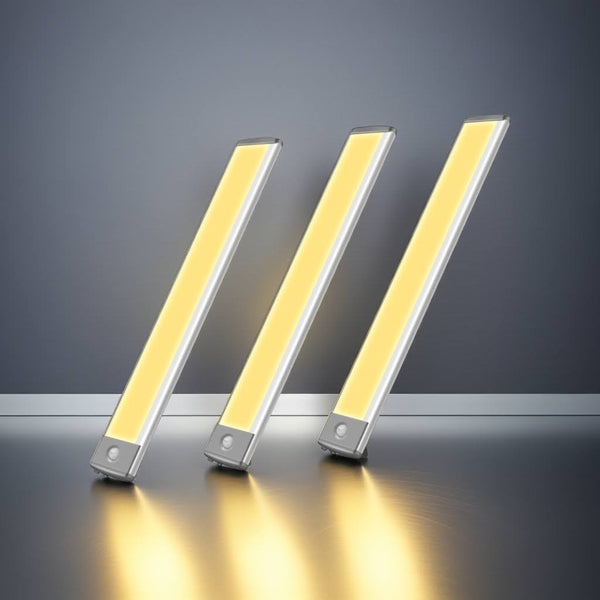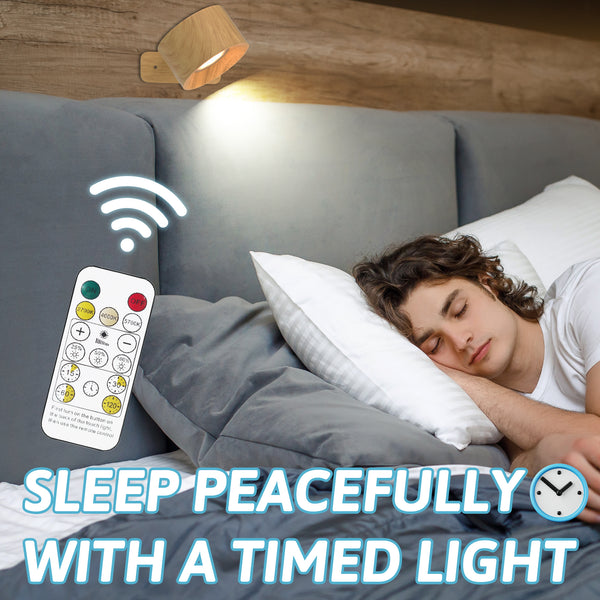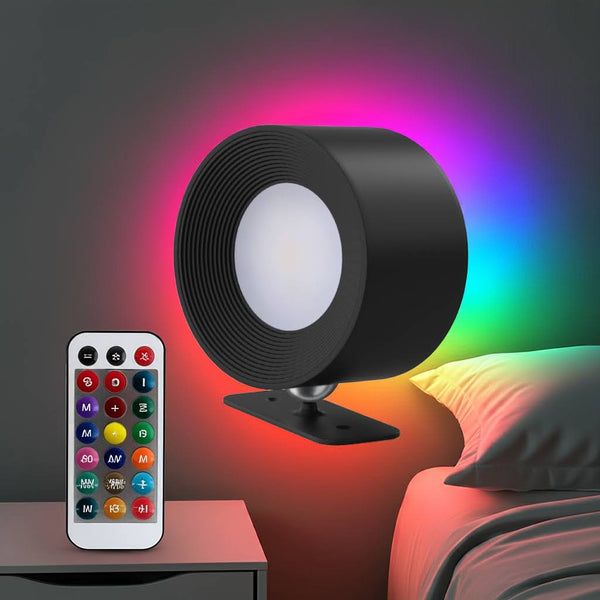Sconces powered by batteries are a practical and versatile lighting solution ideal for places where wiring may not be useful or desirable. If you're looking to light up the hallway, creating an atmosphere in a living room or adding a touch of elegance to a bathroom by using the right lighting, these cordless fixtures can bring contemporary style and practicality to your home. What's the length of time you can think your sconces powered by battery last? In this post we'll break down the elements that affect battery life, and also how you can prolong the life for your lighting fixtures. How long do battery-powered sconces Last?

Understanding the fundamentals of Battery-Powered Sconces
Sconces powered by batteries are usually made for simple installation which allows renters and homeowners to stay clear of drilling holes or changing electrical connections. Instead, they operate using batteries, which makes them easily portable and versatile.
The majority of sconces powered by batteries use LED lighting due to their energy efficiency and long life span. This makes them an excellent option for people looking to provide low-maintenance and durable lighting to their rooms. However, the life span of your sconces does not just be determined by the lighting but also on other important aspects like the type of battery and the brightness setting, patterns of usage and ambient conditions.
1. Types of batteries and their Effect on the length of time
The life span of sconces powered by batteries is directly correlated to the type of battery they are powered by. Here are the most popular batteries and their typical time of operation:
Alkaline batteries (AA or AAA)
Alkaline batteries are among the most commonly used in sconces with batteries due to the fact that they are cheap and easily accessible. The life span of AAA as well as AAA the alkaline sconce batteries can range between between 50 and 100 hours. This can be different depending on the sconce's light and intensity, the frequency it's utilized, and the power of the bulbs.
rechargeable lithium-ion batteries
Rechargeable batteries are an increasingly popular choice because of their long-lasting and environmental advantages. Rechargeable lithium-ion batteries are often employed in sconces with higher end features and provide significantly longer time to run. Fully charged lithium-ion batteries can run an sconce from between 100 and 300 hours dependent on the brightness setting and the sconce model. The batteries can last between 2 and 5 year before they start to lose capacity for holding charge.
Coin Cell (CR2032) Batteries
A few smaller, less compact chandeliers make use of coin cells, such as one called one CR2032. They are usually employed in sconces with minimal energy consumption, for instance LED lamps with a low level of brightness. They last from 100 and 200 hours dependent on the usage of the light While they're effective for smaller, compact lighting, they're not suitable for sconces with larger dimensions that require greater power.
2. LED Lifespan of Bulb
The type of light that you choose to use in your sconces plays an important role in determining the length of time they last. The LED lights are renowned as energy efficient and durability. The typical LED bulb inside an sconce powered by batteries will be used for up to fifty thousand hours. This means that the lights themselves are likely to last longer than the batteries and you'll only have to replace the batteries every couple of months or years, based on how frequently the sconce gets used.
3. Factors affecting battery life
A variety of factors affect the time that your sconces powered with batteries be able to last

Frequency of Utilization
The more frequently you turn on your sconces the faster the batteries run out. If your sconces have to be turned on frequently or are left on for long time periods, your batteries will need to be replaced earlier. For instance, if you are using your sconces for three hours per day then you may have to replace them every 2 to three months when you are using AAA or AA batteries. But, with rechargeable lithium-ion batteries you can extend that time up to six months or longer before charging.
Lightness Setting
Many sconces with batteries have adjustable brightness levels. The brighter the light the greater the energy that the light consumes. If you are regularly using the sconce with its maximum brightness, it is possible for the battery to run out faster. To prolong the life of your battery you can try setting the brightness lower or dimming the lights when it's no longer essential to keep it bright.
The Environment
Extreme temperatures can have an impact on the battery's performance. Batteries drain faster in colder temperatures and could not function as efficiently in extremely hot temperatures. If your sconces are located outside or in locations subject to fluctuations in temperature it is possible to notice the battery's lifespan decreasing quicker than you expected. To avoid this the effect, you should place the sconces inside climate-controlled areas where feasible.
4. How to Increase the Life of Batteries
If you're trying to extend the lifespan of your battery-powered lights There are a variety of options you can choose from:
- Use rechargeable batteries They are not only they greener however, they also have longer battery life, and can be used multiple times and save you cash in the long run.
- Switch off when not in use Turn off the sconces whenever you aren't using they. If you're not sure that, some sconces are equipped with timers or motion sensors that switch off the light after a certain time.
- Lower Brightness You should consider using your sconces with the dimmest setting to reduce battery consumption.
- Use a battery-saving mode: A few modern sconces have an energy-saving mode which reduces the amount of energy consumed when the lights are dimmed or switched off for a short period of time.
5. When should you replace your Batteries?
There are some obvious signs that indicate it's time to change the lights' batteries:
- Dim or flickering light The reason for this is usually the first indication that batteries are low. If your sconces begin to flicker or emitting a dim illumination than usual the time is now to change the batteries.
- Sconce that is not responsive If the sconce isn't turning on, it's because the batteries have probably been used up completely and replacement is required.
Conclusion
The life span of sconces powered by batteries is contingent on a variety of variables, such as how the battery is used used, the frequency of usage, lighting levels, and other the environment. In general, AA or AAA batteries last between fifty to one hundred hours in rechargeable lithium-ion batteries last between 100 and 300 hours per charge. If you choose the right batteries, setting the brightness and maintaining your sconces correctly, you will have reliable and effective lighting for a longer time without having to change batteries constantly.
Also, whether you're using sconces with batteries to add ambiance or for practical lighting, knowing the length of their life and how you can prolong their lifespan can assist you in making the most out of this handy lighting option.
